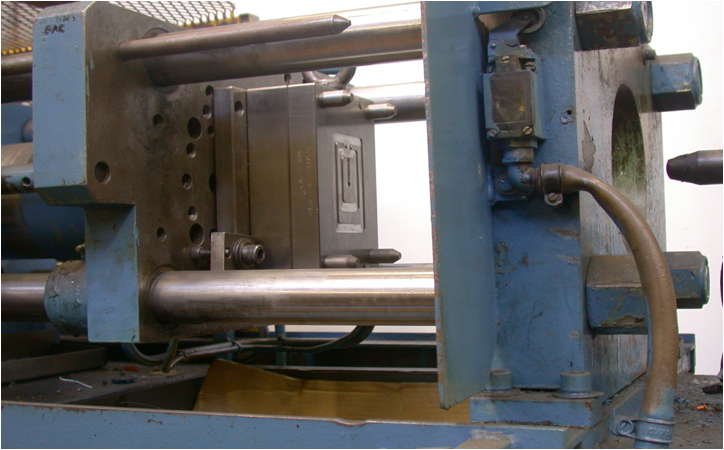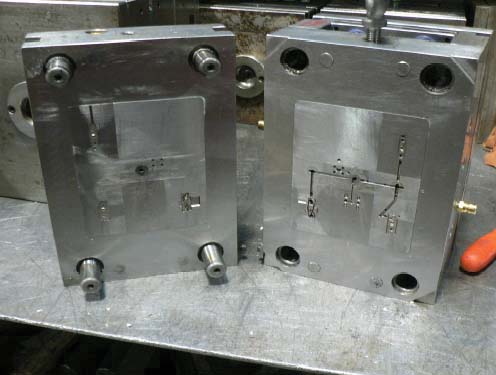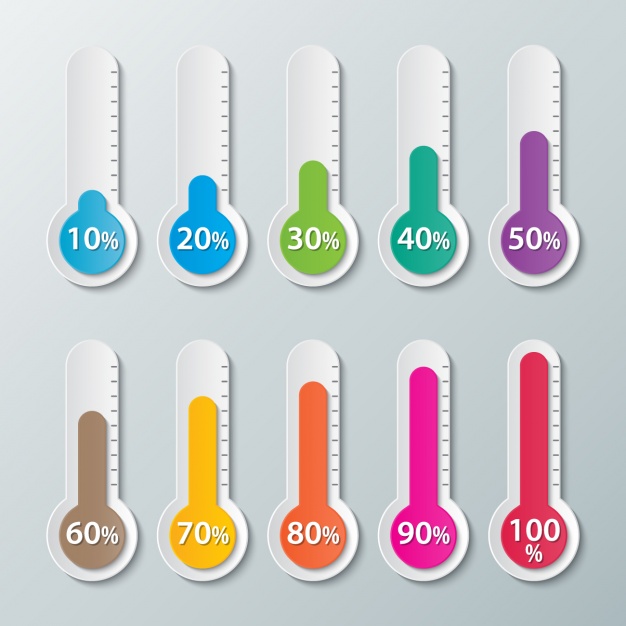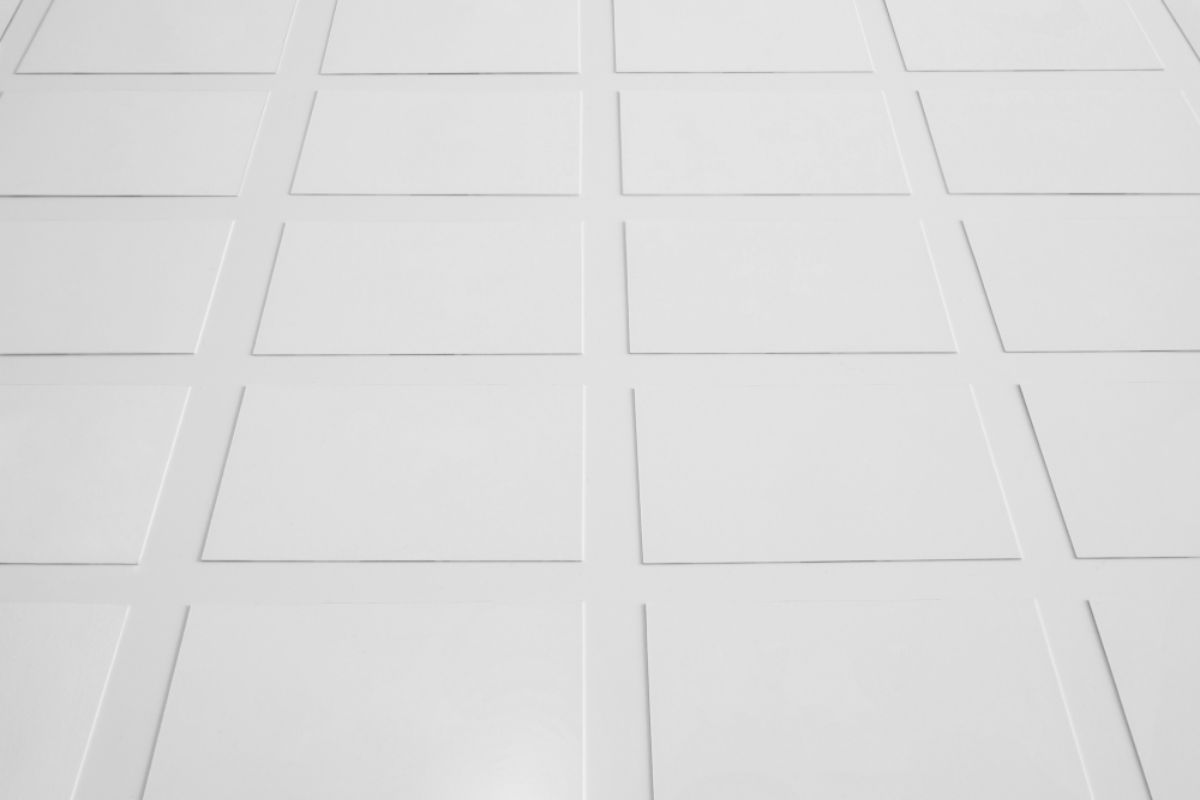Making the choice between hot runner vs cold runner takes considerable research. First, the hot runner molding system is made up of 2 plates that are heated with a manifold system. It has a faster cycle time but also has higher maintenance costs and potential downtime, However, the cold runner molding system usually consists of 2 or 3 plates that are held within the mold base. It is comparatively cheaper to produce and to maintain but cycle times are slower than hot runner systems
Since the first patent was made in the late 1800’s, plastic injection molding has innovated into many different kinds of technologies that are responsible for the mass manufacturing of products for all kinds of industries. From Electronic industry, Automotive, Home Appliance Parts, Houseware Parts, Medical Industry, and even the simple buttons on your clothes to parts for aerospace products, plastic injection molding is responsible for this.
The process of plastic injection molding in China and across the world has branched out into the most versatile and efficient manufacturing processes for plastic parts. The fabrication of plastic parts starts in a mold. The two categories of molding systems are hot runner molds and cold runner molds. Each molding process works when a plastic material flows from the spruce into the runner system, then through a gate into the mold cavity.
Hot and cold runner molds each has its advantages and disadvantages but both can get the job done for manufacturing your products. Choosing an efficient and reliable molding company will assure you of the benefits of these different systems. Being educated with the key differences of these technologies will expand their potential for mass production.
Let’s discuss the gains and losses of choosing hot and cold runner molds for your next project involving plastic injection molding, continue reading below to know more about these systems.

Hot Runner Molds
Hot runner molding system is made up of 2 plates that are heated with a manifold system. This manifold system then sends the melted plastic to nozzles which will fill the part cavities. The two main categories of hot runner molds are externally heated and internally heated.
Externally heated systems are well suited for polymers that are sensitive to thermal variations while internally heated systems offer better flow control. The hot runner process eliminates runners in its entirety, so when you recycle and regrind, it does not impact cycle times.
There is also the matter of evaluating costs which included the hot runner system, spare parts (tips, heaters, thermocouples, and nozzles) and controller components. Indirect costs will go to maintenance issues, residence time, color changes, potential variation in temperature throughout production, effect on part quality, and process window and training requirements.
The advantages of using hot runner systems are increasingly the primary choice for plastic manufacturing because its technology still holds a place in the molding thermoplastics industry. Materials can be expensive so you would want a molding process that will ease your burden in expenses.
Advantages of Using Hot Runner Molds:
- Faster cycle times.
- Can accommodate larger parts.
- Consumption of energy is lowered.
- Production costs are reduced and production steps are shortened.
- Overall profitability will develop and maintain a steady increase because the quality of the plastic part is better.
Disadvantages of using Hot Runner Molds:
- Color cannot be easily changed.
- It has higher maintenance costs and potential downtime.
- Hot runner molds may not be suited to certain thermally sensitive materials.

Cold Runner Molds
The cold runner molding system usually consists of 2 or 3 plates that are held within the mold base. In China, injection molding is done via the sprue and fills the runner which lead to the parts in the cavity.
There is a relative difference in using 2 or 3 plates for cold runner molds. In 2 plate molds, the runner system and parts are attached while the ejection system is used to separate that pair from the mold. In 3 plate molds, however, the runner is contained on a separate plate, which leaves the parts to be ejected alone.
Cold runner molds use more material during production because, in every molding cycle, the plastic part and runner is produced. Using cold runner molds is still common in the plastic industry and it has been used for a long time now.
This is because they are typically less complex to work with and its designs are also less complicated. Find a suitable molding company which has the skill and experience in producing plastic parts using cold runner molds, and you’re all set.
Advantages of using Cold Runner Molds
- Comparatively cheaper to produce and to maintain.
- Accommodate a wide variety of polymers (both commodity and engineered).
- Color changes can be made quickly.
- Fast cycle times if the systems include robotic assist in removing runners.
Disadvantages of using Cold Runner Molds
- Cycle times are slower than hot runner systems.
- Plastic waste from runners (particularly if they cannot be reground and recycled).
- The processes increase cycle time.
Key Takeaway
The plastic mold makers will be your primary resource for determining if a hot runner or a cold runner mold is suitable for your project. Look for a molding company who will give you extensive knowledge on plastics processing.
They will be able to provide you with an analysis of the various systems available based on your requirements, parts and project purpose. Choose a molding company that will accommodate the brand that you will specify your concept.










